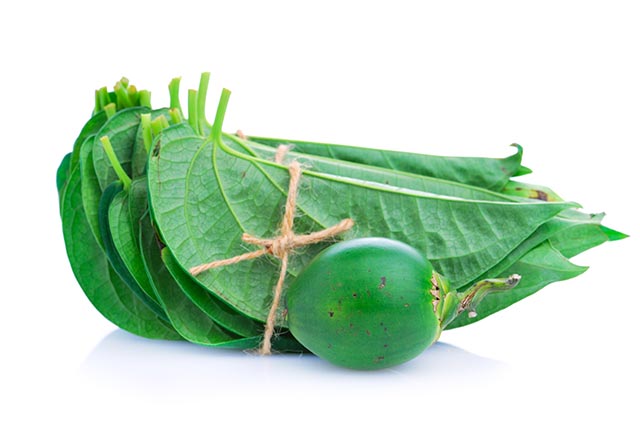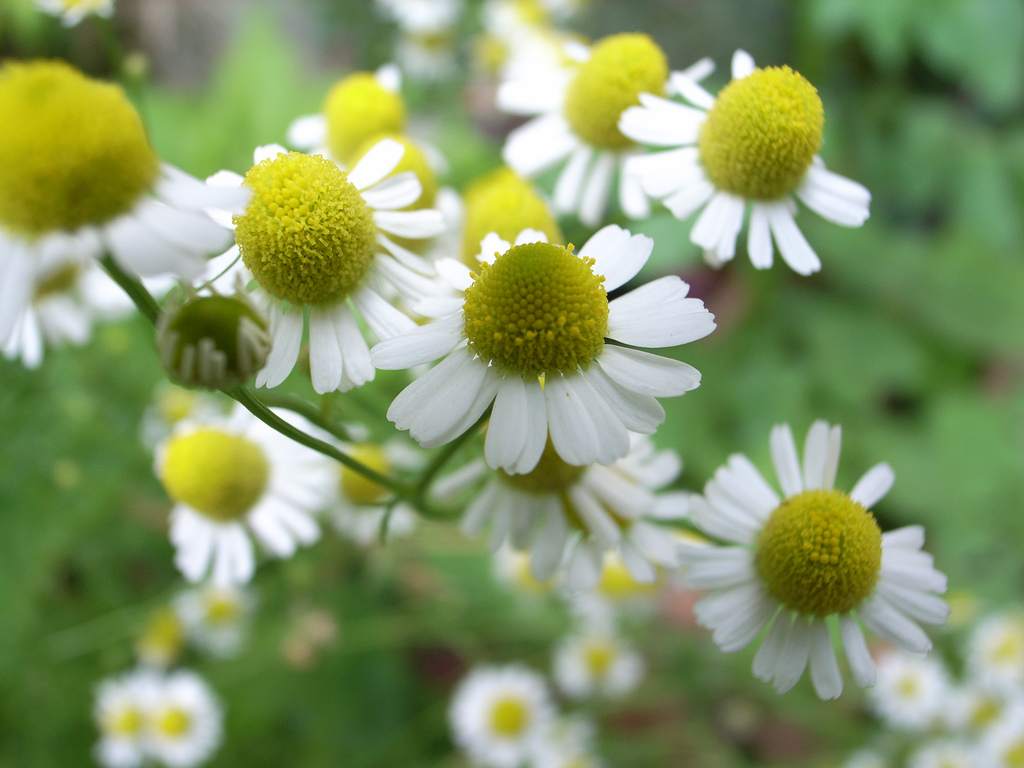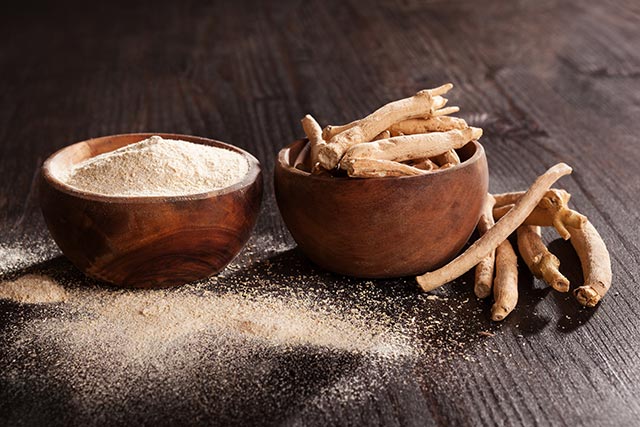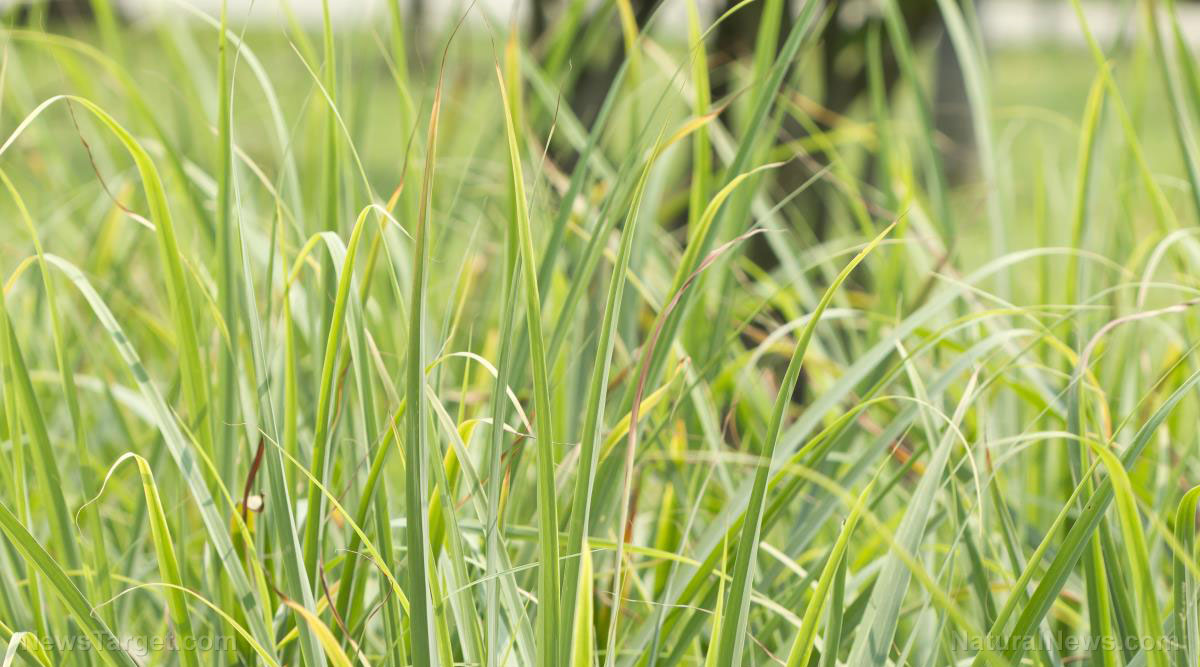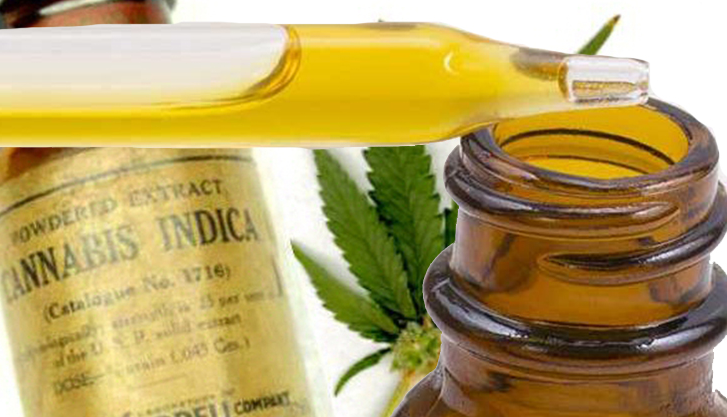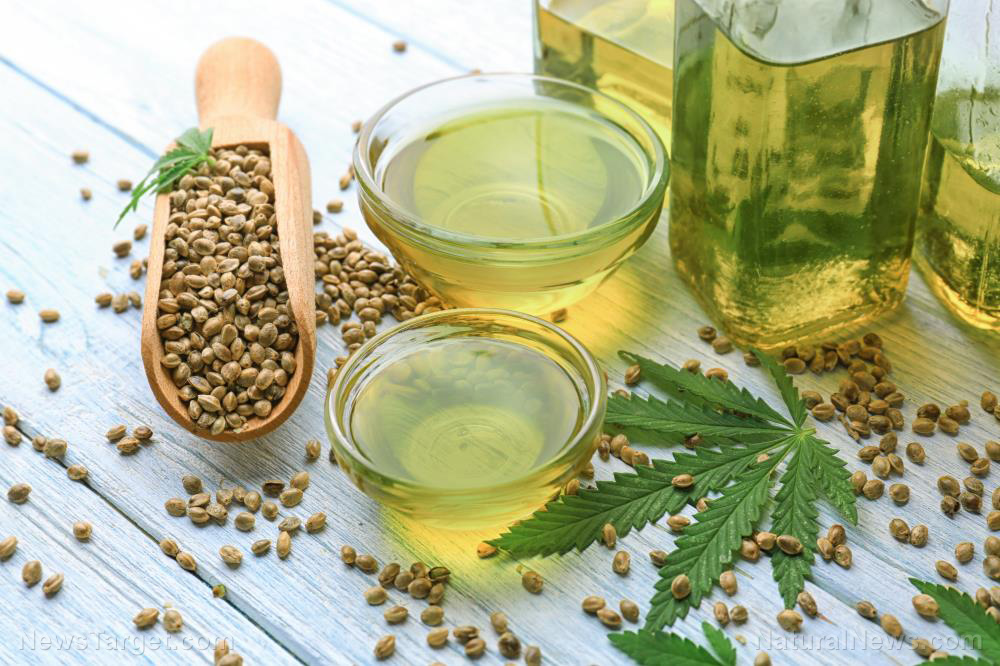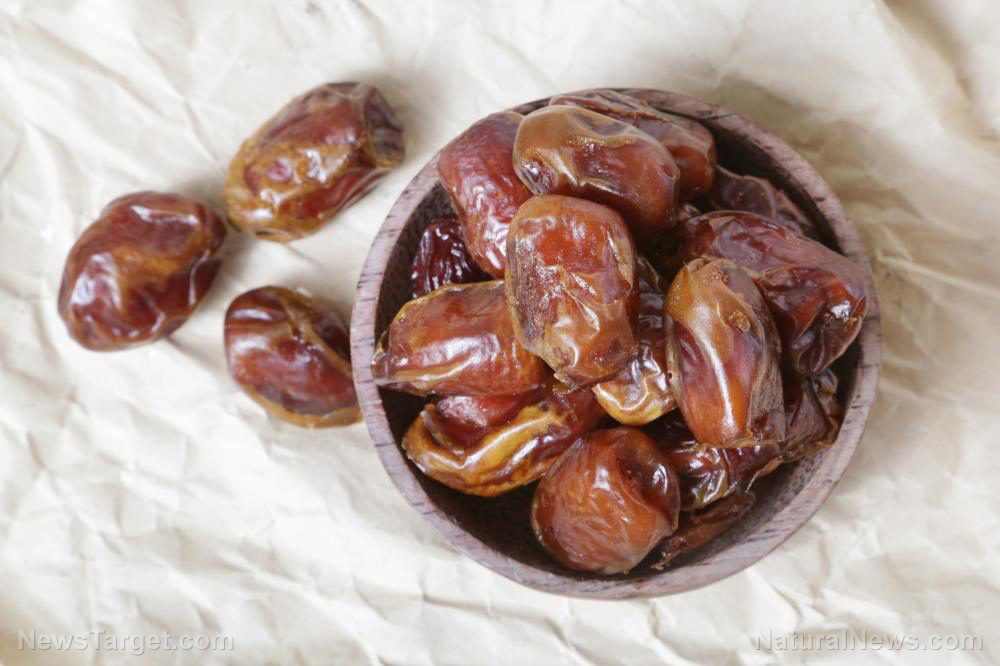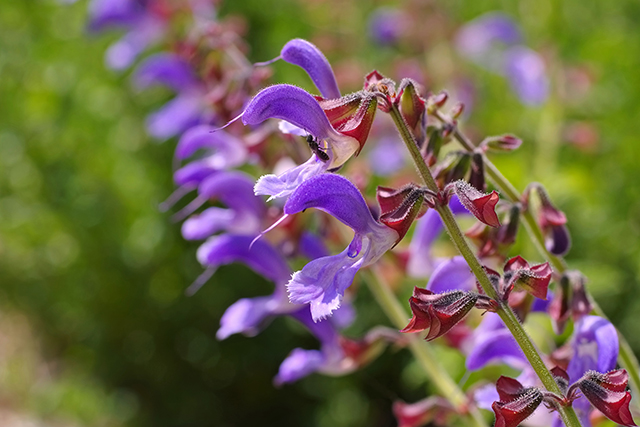Medicinal wildflowers to harvest when hiking
12/11/2018 / By Michelle Simmons

Being knowledgeable about medicinal plants is important for every prepper. Medicinal plants are safer and more effective than drug medications. Here are some of the medicinal wildflowers you may encounter when hiking, so harvest them:
- Evening primrose: Every part of the evening primrose plant can be used for medicinal purposes. The seeds of this plant contain gamma-linolenic acid (GLA), an essential fatty acid that cannot be produced by the body. This helps lower the risk of heart disease, cirrhosis of the liver, skin conditions such as acne and eczema, and atherosclerosis. It can also be used for menopausal symptoms and premenstrual syndrome (PMS). Drinking evening primrose tea can also help prevent inflammation and provide relief due to discomfort and pain. The leaves and bark of this plant can be used as astringent and can help relieve coughing, asthma, and gastrointestinal disorders. Like the seeds, they can also be used to treat skin problems.
- Foxglove: This plant can grow up to six feet tall and can produce flowers in lavender, white, pink, red, yellow, or purple color. Foxglove is grown in many parts of the U.S. and is used for many medicinal purposes. It is used for congestive heart failure and dropsy, also known as fluid retention. It also has beneficial effects on asthma, heart irregularities, constipation, headaches, tuberculosis, and epilepsy.
- Lavender: Lavender, which has a pretty purple color, is commonly grown by the front porch or gat for luck. More than just being a “lucky” plant, lavender offers many health benefits. Drinking it as a tea can help relieve depression, anxiety, and stress-related headaches. It can also be used against fungal infections, wounds, and hair loss. This herbal plant is widely used in fragrances and shampoos.
- Purple coneflowers: In addition to its attractive appearance, purple coneflower has many medicinal uses. This plant was used the most by Native Americans. They used the plant’s root for treating snake bites, bug bites, burns, toothaches, sores, colds, and flu. While all parts of the plants — leaves, buds, stems, and roots — are all potent, the most potent part is the black roots. The roots can be dried and ground into a powder for use in tea. This plant is more commonly known as echinacea.
- Self heal: Self heal is a ground weed that bears small purple flowers. Like most plants, it is being studied for its medicinal properties. It has been shown to have potential antibiotic capabilities and has been used for healing wounds, moving lymph, and soothing sore throats. It has also shown promise for fighting cancer, supporting a healthy immune system, protecting the skin from sun damage, and addressing inflammation such as those associated with diabetes and heart disease.
- Shepherd’s purse: Shepherd’s purse was originally grown in Europe, but was eventually brought the U.S. The whole plant is edible and also packed with nutrients. While this plant makes excellent food in the wild, it is also a great medicinal herb. The leaves, stems, and flowers of shepherd’s purse can be used for wounds to stop bleeding because it constricts the blood vessels. This medicinal plant can also be used as an astringent and an anti-inflammatory. It can also be made into a tea, but it is better to be prepared as a tincture for its medicinal uses because it may lose potency when it is dried.
- St. John’s wort: St. John’s wort is a common roadside weed that produces frothy yellow flowers; it is so common that it can be seen in almost every state. Unfortunately, not all people know that this weed has powerful medicinal properties. It is used to treat depression and anxiety.
100% organic essential oil sets now available for your home and personal care, including Rosemary, Oregano, Eucalyptus, Tea Tree, Clary Sage and more, all 100% organic and laboratory tested for safety. A multitude of uses, from stress reduction to topical first aid. See the complete listing here, and help support this news site.
All of these plants may be dried, but some lose their efficacy when dried. You can make a tincture, infusion, or salve instead, depending on how you’ll use it. (Related: Why you should learn about herbs in your area: Wild edibles and medicinal plants can offer food security.)
Sources include:
Tagged Under: alternative medicine, bug out, herbal medicine, Herbs, hiking, medicinal plants, medicinal wildflowers, natural cures, natural medicine, off grid, outdoors, preparedness, prepper, prepping, survival

